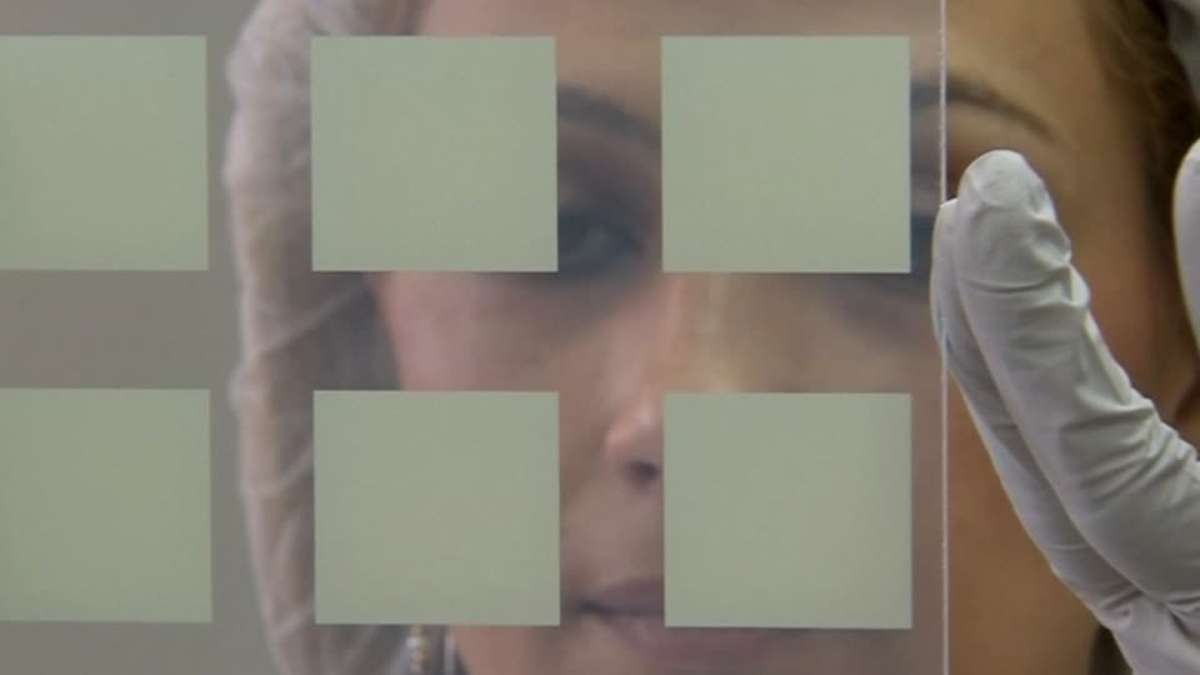Luv it — Improving Solar energy with Quantum.
A quantum process called singlet fission could boost solar cell efficiency by harnessing inaccessible parts of the solar spectrum.
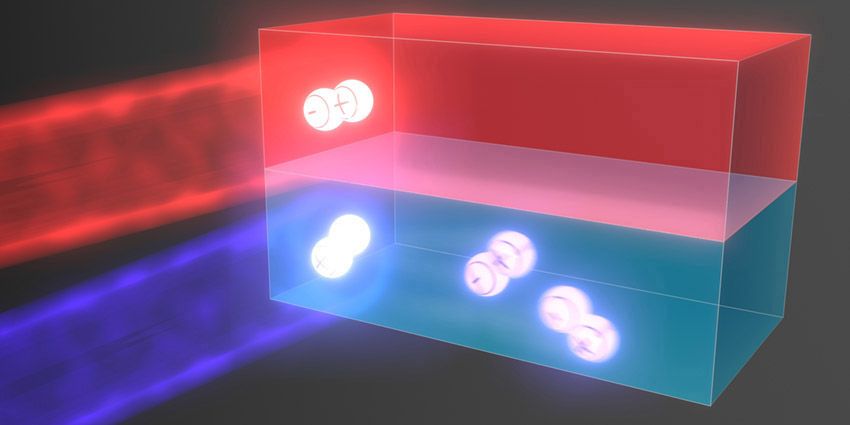
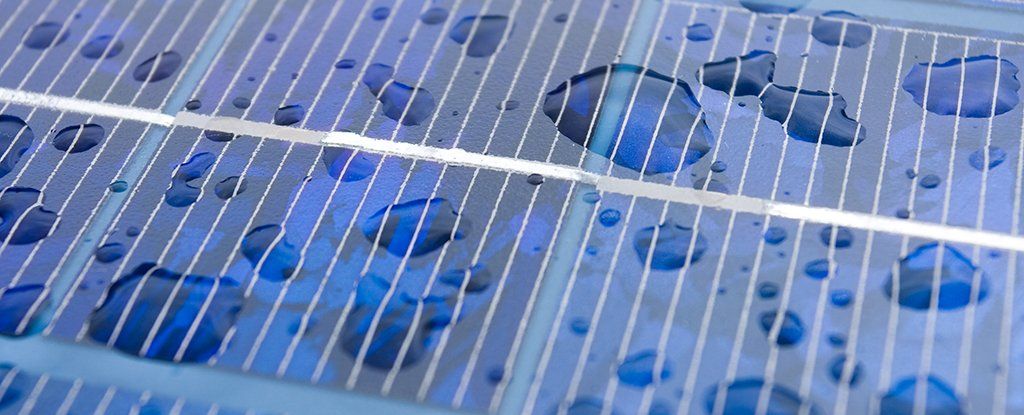
Solar power is making huge strides as a reliable, renewable energy source, but there’s still a lot of untapped potential in terms of the efficiency of photovoltaic cells and what happens at night and during inclement weather. Now a solution has been put forward in the form of producing energy from raindrops.
Key to the new process is graphene: a ‘wonder’ material we’ve heard plenty about before. Because raindrops are not made up of pure water, and contain various salts that split up into positive and negative ions, a team from the Ocean University of China in Qingdao thinks we can harness power via a simple chemical reaction. Specifically, they want to use graphene sheets to separate the positively charged ions in rain (including sodium, calcium, and ammonium) and in turn generate electricity.
Early tests, using slightly salty water to simulate rain, have been promising: the researchers were able to generate hundreds of microvolts and achieve a respectable 6.53 percent solar-to-electric conversion efficiency from their customised solar panel.
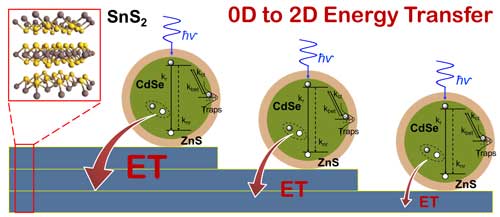
Improving light-sensing devices with Q-Dots.
Harnessing the power of the sun and creating light-harvesting or light-sensing devices requires a material that both absorbs light efficiently and converts the energy to highly mobile electrical current. Finding the ideal mix of properties in a single material is a challenge, so scientists have been experimenting with ways to combine different materials to create “hybrids” with enhanced features.
In two just-published papers, scientists from the U.S. Department of Energy’s Brookhaven National Laboratory, Stony Brook University, and the University of Nebraska describe one such approach that combines the excellent light-harvesting properties of quantum dots with the tunable electrical conductivity of a layered tin disulfide semiconductor. The hybrid material exhibited enhanced light-harvesting properties through the absorption of light by the quantum dots and their energy transfer to tin disulfide, both in laboratory tests and when incorporated into electronic devices. The research paves the way for using these materials in optoelectronic applications such as energy-harvesting photovoltaics, light sensors, and light emitting diodes (LEDs).
Single nanocrystal spectroscopy identifies the interaction between zero-dimensional CdSe/ZnS nano crystals (quantum dots) and two-dimensional layered tin disulfide as a non-radiative energy transfer, whose strength increases with increasing number of tin disulfide layers. Such hybrid materials could be used in optoelectronic devices such as photovoltaic solar cells, light sensors, and LEDs. (click on image to enlarge)
Got a grand burning a hole in your pocket? You could get a new laptop — or you could send this tiny, palm-sized satellite to space. That’s what a team of engineers at Arizona State hope, anyway: their “FemtoSats” are meant to be as cheap a space-bound platform as has ever been devised.
At just 3cm per side and 35 grams (that’s about 1.2 inches and 0.077 pounds, dogs of the Imperial system), the SunCube 1F is the prototype FemtoSat. It’s powered by a salvaged scrap of solar panel (they don’t make them small enough off the shelf), the tiny unit includes propulsion, imaging, communication, and data collection.
“The design standard bootstraps from the Cal Poly CubeSat standard and is extensible, allowing major customization,” wrote Jekan Thanga, the ASU assistant professor who heads up the project, in an email to TechCrunch.
A new kind of nanoscale rectenna (half antenna and half rectifier) can convert solar and infrared into electricity, plus be tuned to nearly any other frequency as a detector.Right now efficiency is only one percent, but professor Baratunde Cola and colleagues at the Georgia Institute of Technology (Georgia Tech, Atlanta) convincingly argue that they can achieve 40 percent broad spectrum efficiency (double that of silicon and more even than multi-junction gallium arsenide) at a one-tenth of the cost of conventional solar cells (and with an upper limit of 90 percent efficiency for single wavelength conversion).
It is well suited for mass production, according to Cola. It works by growing fields of carbon nanotubes vertically, the length of which roughly matches the wavelength of the energy source (one micron for solar), capping the carbon nanotubes with an insulating dielectric (aluminum oxide on the tethered end of the nanotube bundles), then growing a low-work function metal (calcium/aluminum) on the dielectric and voila–a rectenna with a two electron-volt potential that collects sunlight and converts it to direct current (DC).
“Our process uses three simple steps: grow a large array of nanotube bundles vertically; coat one end with dielectric; then deposit another layer of metal,” Cola told EE Times. “In effect we are using one end of the nanotube as a part of a super-fast metal-insulator-metal tunnel diode, making mass production potentially very inexpensive up to 10-times cheaper than crystalline silicon cells.”
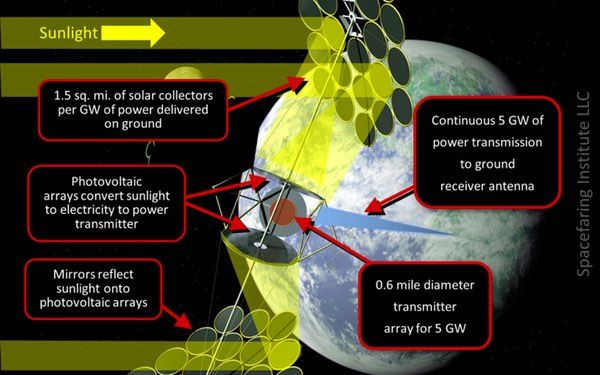
The United States is transitioning from a primary reliance on fossil fuels to greater use of sustainable natural and nuclear energy sources. There are two reasons for this transition. The first reason is that the abnormally high and increasing level of atmospheric carbon dioxide has created scientific uncertainty and concern as to the detrimental impact this may have on the environment and, consequentially, human civilization. Almost certainly, this abnormal level is due to anthropogenic causes linked to the tremendous expansion in the human population since the early 1700s, the growth of human civilization (e.g., agriculture and industrialization), and the increasing use of fossil fuels. Although fossil fuels have enabled worldwide progress in elevating the standard of living, most of the world’s nations have reached the conclusion that the world should transition entirely to sustainable energy by 2100 (see “The Paris climate agreement and space solar power”, The Space Review, February 29, 2016). It is, however, very important to manage this transition carefully to avoid economic hardship or energy deprivation.
While the United States has large remaining fossil fuel resources, only some are technically recoverable with current safe, legal, and profitable extraction methods. The remaining known and yet-to-be-discovered domestic technically recoverable fossil fuels are inadequate to sustain US fossil fuel energy needs to the end of this century, especially given likely continued immigration-driven US population growth (see “US fossil fuel energy insecurity and space solar power”, The Space Review, March 7, 2016). While the United States has an ethical environmental obligation to end its use of fossil fuels by the end of the century, the reality of having inadequate oil and natural gas resources makes the urgency of transitioning successfully to new sustainable energy sources a clear matter of national energy security. This warrants federal government leadership and strong American private sector engagement.
Unfortunately, due to its large and growing population and per capita energy needs, the United States lacks sufficient suitable land to utilize terrestrial renewable energy to replace fossil fuels. (see “US terrestrial non-fossil fuel energy vs. space solar power”, The Space Review, March 14, 2016). While the United States will utilize terrestrial domestic renewable energy to the extent it is politically acceptable, many factors will likely limit their scale-up. The expansion of nuclear fission energy is also not a satisfactory approach, given the large number of reactors needed. These factors lead to the conclusion that only space-based sustainable energy, such as space solar power, will enable the United States to practically transition away from fossil fuels.
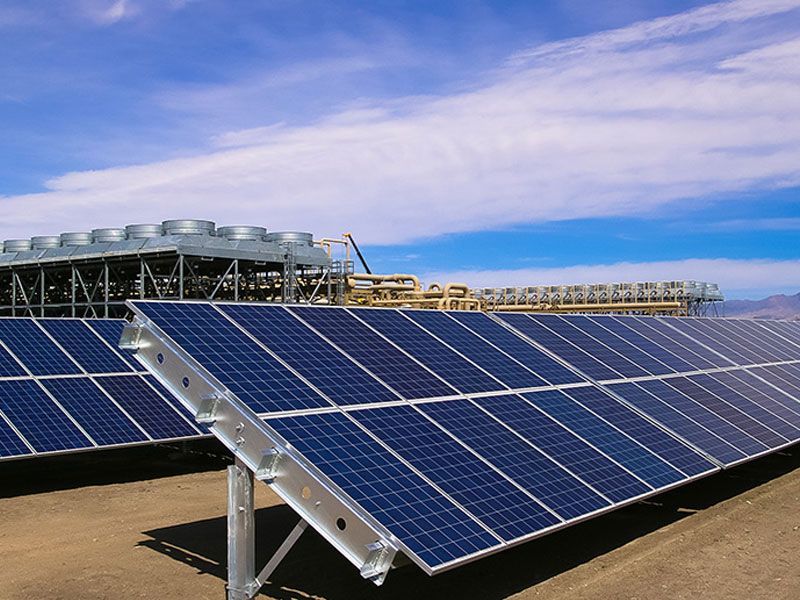
Good; more opportunity for the region.
Seriki Adinoyi in Jos.
Panyam community of Mangu local government area of Plateau State came up alive at the weekend as they came out enmasse to receive CT Cosmos Nigeria Limited, a subsidiary of Communication Towers Ltd, which has indicated interest in establishing a massive Solar plant power project of over $150 million in the community.
The Chief Operating Officer of CT Cosmos, Mr. Henry Opara, who led a delegation of the company to meet with the community at the Monarch’s palace, noted that the over 70 megawatts that would be generated by the solar plant will be sufficient to sustain Plateau and neighbouring states when completed.
Robotic in orbit assembly and laser propulsion could enable vast increases in space capability while not significantly changing the world civilization energy budget.
Robotic and additive manufacturing could enable massive frames and massive solar power arrays.
Tethers Unlimited is currently developing a revolutionary suite of technologies called “SpiderFab” to enable on-orbit fabrication of large spacecraft components such as antennas, solar panels, trusses, and other multifunctional structures. SpiderFab provides order-of-magnitude packing- and mass- efficiency improvements over current deployable structures and enables construction of kilometer-scale apertures within current launch vehicle capabilities, providing higher-resolution data at lower life-cycle cost.

